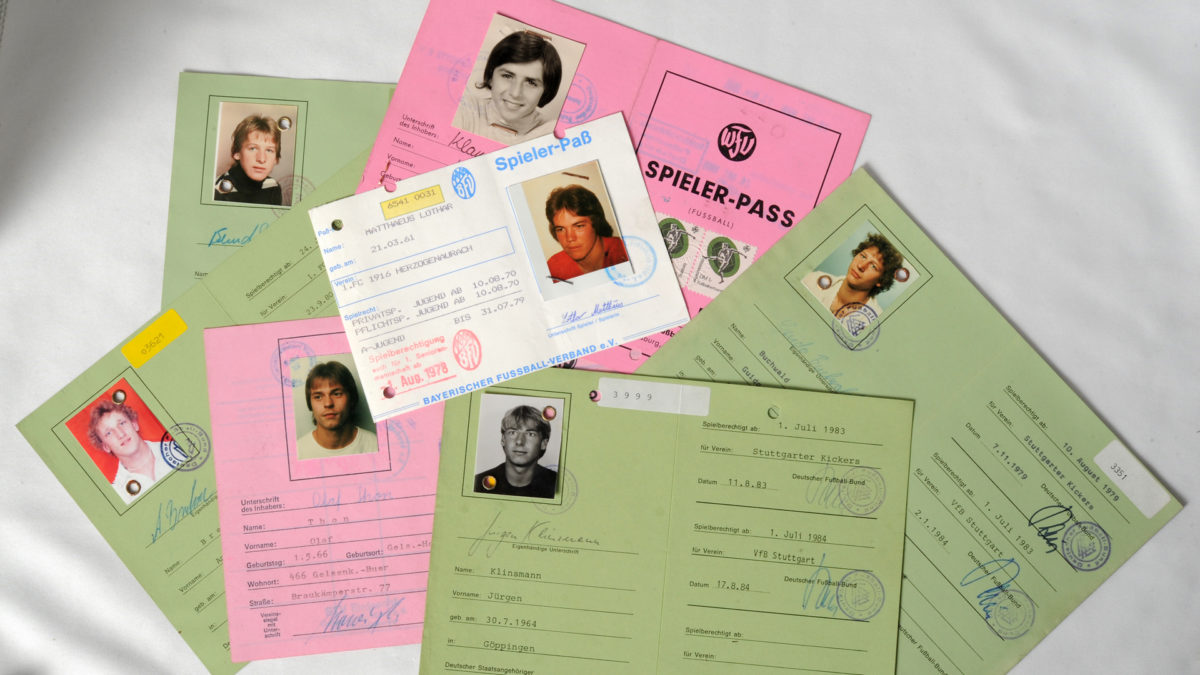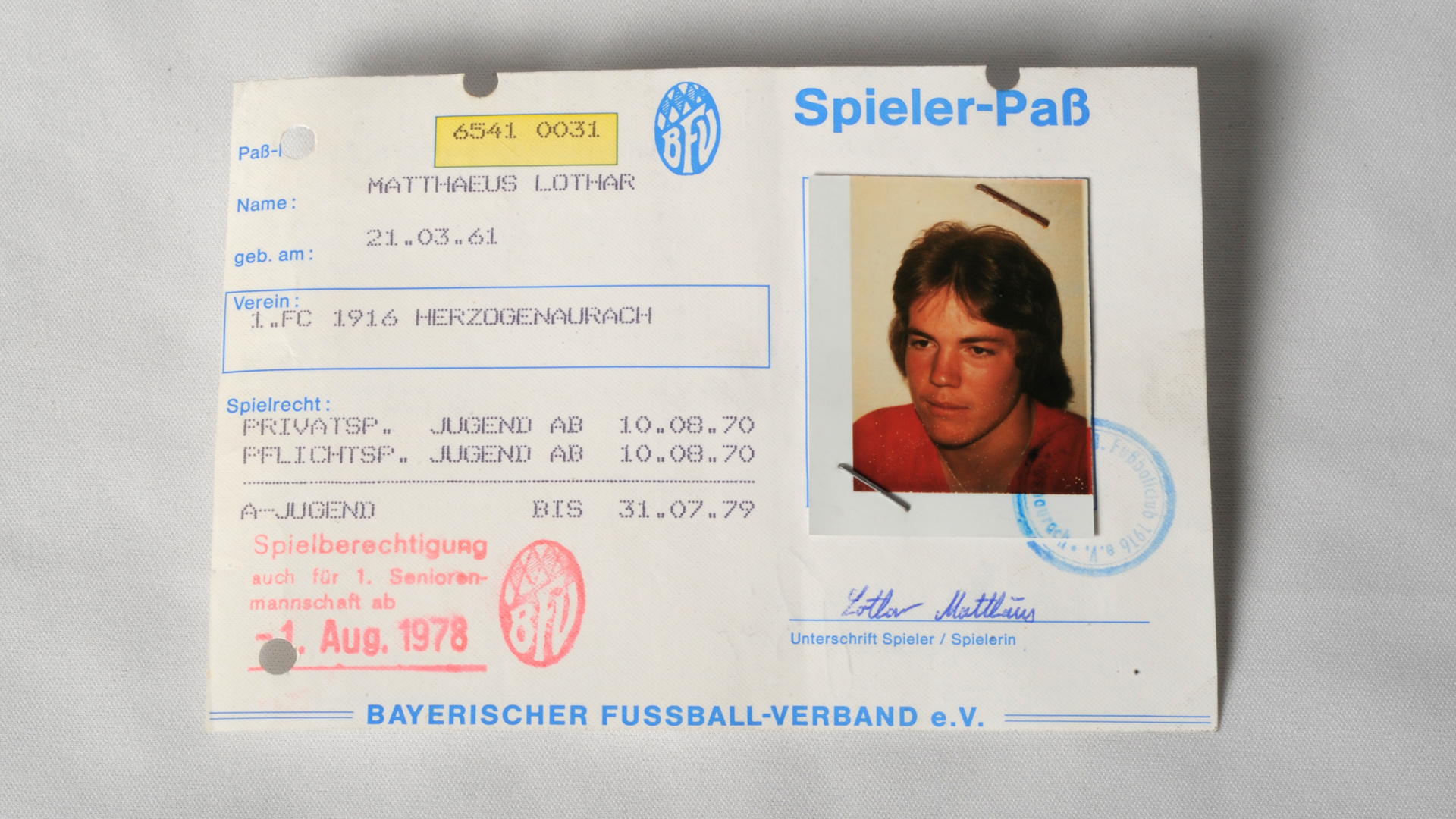Transfer list and “TOR” History

The transfer of players between clubs in Germany has been subject to various regulations ever since the birth of professional football.
When the Bundesliga began in 1963, the Licensed Player Statute (Lizenzspielerstatut) for clubs and players also set out the conditions for transfers. Contracted and licensed players could move between clubs subject to a freely negotiable transfer fee of up to 50,000 Marks (around 25,000 euros).
In 1966 the DFB introduced the transfer list, which was regularly updated and published during the transfer windows. All players from the Bundesliga and Bundesliga 2 had to be placed on the transfer list by the selling club via a notification to the DFB, in order for another club to buy them. This process made it easier for the DFB to prepare for a coming transfer. Back then, the subsequent game eligibility was documented in the player pass. This document no longer exists in professional football, as the official match report sheet for games in the Bundesliga and Bundesliga 2 is created via the Spielbericht Online system (DFBnet). This system contains all game eligibility lists, and also records match bans.


After the foundation of the league association, the DFL assumed responsibility for player and transfer matters in 2001. The summer transfer window in 2015 saw the introduction of the new Transfer Online Registration system (TOR), removing the need for the transfer list (see “How a transfer works” for more about the TOR system).
The Bosman ruling and its consequences
The Bosman ruling in 1995 had a major influence on transfers. Belgian player Jean-Marc Bosman was allowed to transfer to second-division French side USL Dunkerque, following a lawsuit against his old club, Belgium’s RFC Liège and the Belgian FA. The case was taken to the European Court of Justice (ECJ), with the aim of securing a landmark ruling in the question of the free movement of workers within the EU. This was due to a report published in September 1995, which stated that transfer fees paid after the end of a player’s contract were illegal under European law. This also applied to so-called nationality clauses, which restricted the use of players from other countries in games. In Germany at the time, a team could have no more than three foreign players in their squad.
All international transfers are conducted based on the FIFA Regulations on the Status and Transfers of Players [download] and using the FIFA Transfer Matching System (TMS).